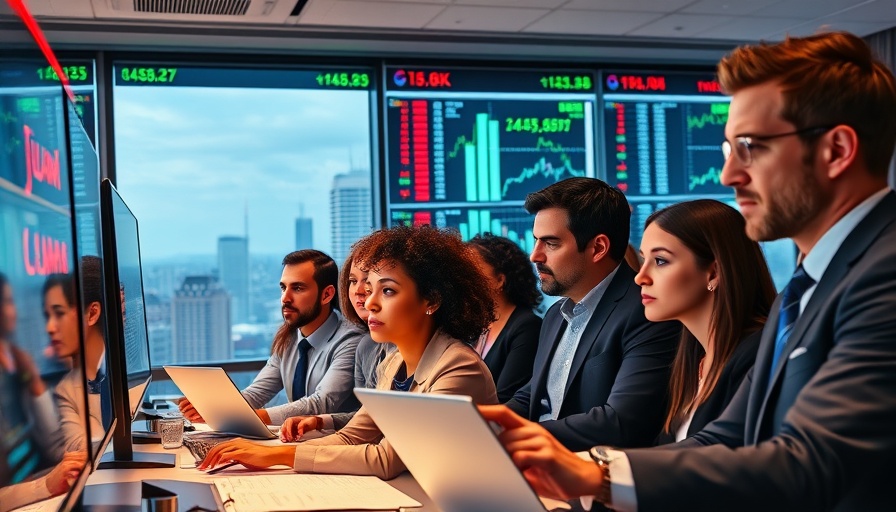
Understanding the Key Retail Debate Leading Into 2026
As we approach 2026, one of the most pressing discussions in the retail sector revolves around how companies will adapt to changing consumer behaviors and technological advancements. The retail landscape is transforming rapidly, with e-commerce growth accelerating due to the pandemic, while traditional brick-and-mortar stores are facing significant challenges. This debate has prompted retailers to reconsider their strategies, focusing on not only operational efficiency but also on sustainability and personalized customer experiences.
Historical Context of the Retail Industry Evolution
The retail industry has undergone profound changes over the last two decades. The shift from primarily in-store shopping to online purchases started gaining momentum in the early 2000s but skyrocketed during the COVID-19 pandemic. This change has forced retailers to innovate continuously or risk obsolescence. The debate now centers on the long-term viability of physical stores as partnerships with tech companies deepen to enhance customer experience through AI and data analytics.
Future Predictions: Will Brick-and-Mortar Survive?
Forecasts indicate that while online shopping will likely continue to thrive, physical stores will still play a vital role in customer engagement. Retail analysts argue that enhancing in-store experiences, using technology to create immersive shopping environments, and focusing on local community relationships could prove essential for survival. Retailers who can blend both worlds—e-commerce and brick-and-mortar—are likely to lead the market.
The Social Impact of Retail Decisions
Decisions made by retailers not only affect their bottom line but also have broader social implications. A focus on sustainability and ethical sourcing is gaining traction among consumers, influencing their buying decisions. Companies committing to eco-friendly practices and transparent supply chains may see enhanced brand loyalty. This shift represents a blend of consumer social consciousness and retail adaptation, showing that modern shoppers prefer to support brands that reflect their values.
Investment Implications in Retail: Stock Market News
For investors, the evolving retail landscape offers new opportunities and challenges. Investment strategies must consider the dual growth of e-commerce and the resurgence of revamped physical retail spaces. Mutual funds and ETFs focused on retail investments must now evaluate companies on their adaptability to these changes. Additionally, investing in technology sectors closely tied to retail innovation, such as logistics, data analytics, and AI, will be crucial.
Strategizing for Success in Retail
Understanding stock market trends influenced by retail performance can provide a strategic advantage. Retailers that invest in tech and sustainability may prompt investors to look for growth stocks with strong fundamentals. Investors should consider portfolio diversification, especially in sectors that engage with the evolving retail market, such as sustainable investing and impact-focused investments.
Confronting Diverse Perspectives
While many argue for the future of brick-and-mortar stores, there are counterarguments favoring an almost complete shift to e-commerce. Critics warn that without substantial investment in physical locations, retailers may become disconnected from their consumer base, losing authenticity and engagement. This ongoing debate raises questions about the balance retailers must find between digital and physical spaces in a digitally dominated economy.
Decisions You Can Make with This Information
For businesses and investors alike, understanding these dynamics can inform more strategic decisions. Whether adjusting investment strategies to include upcoming retail tech stocks or aligning corporate practices with consumer values on sustainability, being proactive in this evolving environment can yield positive results.
Conclusion
As the retail sector navigates these complex challenges and opportunities leading into 2026, it is imperative for both industry leaders and investors to stay informed and adaptable. The future will not belong solely to one approach—balancing technological integration and strong community engagement is key. For those invested in this industry, consider engaging more deeply with the trends and potential risks to make informed decisions for future investments.
 Add Row
Add Row  Add
Add 



Write A Comment